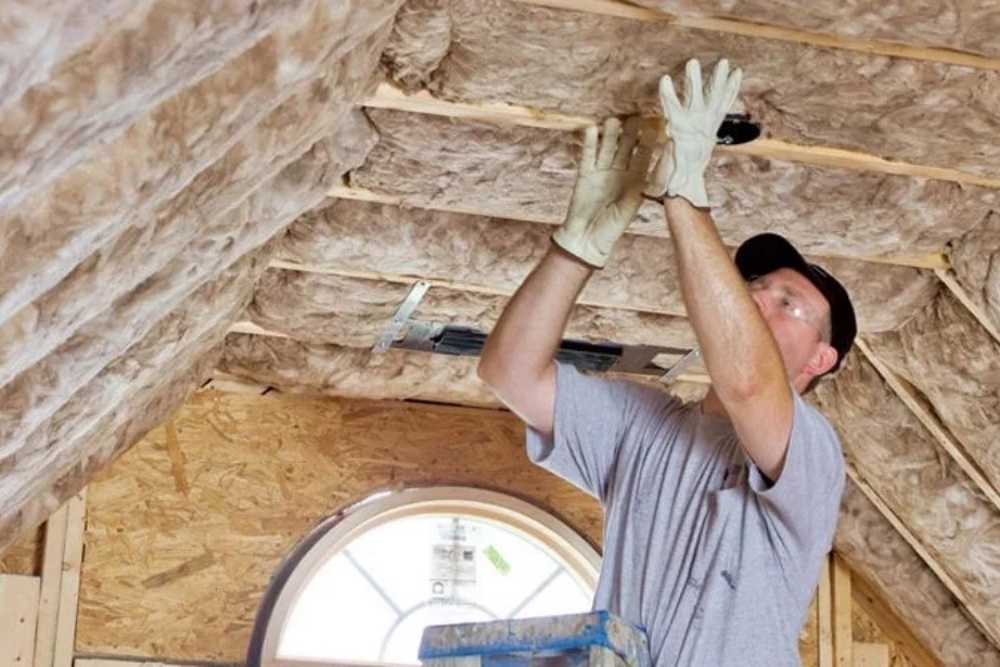
Here in east Texas, we’re blessed with mild winters. Due to this, it’s rare for homes to be built with full basements. However, the old debate of “slab vs. crawl space” is alive and well. This article will look at the pros and cons of both types of foundations.
A slab is created by digging into the soil several inches, pouring in concrete, and reinforcing it with metal rods. The house is built directly on top.
This is a simple method of construction that allows house building to continue, without waiting days for footings or other foundation components to cure. Heating and air ducts are usually run through the attic, and the water heater and furnace are located in the home. Electric, sewage, and water lines run under the slab and enter the home at certain points.
Perhaps the biggest advantage of using a slab is cost. As much as $10,000 can be saved when building a slab vs. crawl space. This is especially true in areas with rocky soil, as excavating into stone can be very expensive. Also, slabs are lower to the ground than homes with crawl spaces, minimizing the number of steps needed to enter the dwelling. This can be a real plus for people with back, knee, or heart problems.
Slabs are not without their drawbacks, however. Since the house is lower to the ground, it is easier for insects and other critters to find their way in. Also, because the slab forms the floor of the ground level, it can feel uncomfortably hard and cold to people walking on it.
Since air conditioning ductwork is routed through the attic, it must be heavily insulated, which adds cost to construction. The need to install the furnace and water heater in the house takes up room that could otherwise be used for different purposes. If the electrical or water lines under the slab develop problems, then the foundation will have to be hammered through to effect repairs – an expensive proposition. Also, if the slab begins to crack, it can cause severe structural issues throughout the house. Many factors can cause cracking, including tree roots and soil movement. Finally, some people find the low-to-the-ground look of slab homes unappealing.
Think of a crawl space as a mini-basement. Its height can vary from 16 inches to four feet. The ground that it rests on can be prepared in many ways: by pouring several inches of gravel on top of a vapor barrier, by building a block foundation, or by pouring concrete. The walls of the space itself can be made from precast concrete or cement blocks.
Many people prefer the look of a home built on a crawl space. Due to the fact that it is higher off the ground, vermin will have a harder time getting in. The space above the ground allows water pipes and electrical lines to be run under the home. This makes accessing them for repair work much easier. Finally, a crawl space can be perfect for storage.
Drawbacks of a crawl space include additional construction cost, though this is usually offset by higher resale values. A crawl space must be properly insulated and ventilated; otherwise, moisture can pool in it and find its way into the home. Pests like rats and insects can invade the crawl space, making venturing into it an adventure in terror for homeowners.
Whether you choose to go with a slab or crawl space, Ultimate Construction can do the necessary foundation excavation. We’re experienced, reliable, and we know our professions. Contact us if we can help with new home construction or any other projects. Our Maine Services are Demoliton hauling , Pool demolition, landscaping grading, design & Lawn Mowing Drive repair, excavation service and Water Driange Solution.